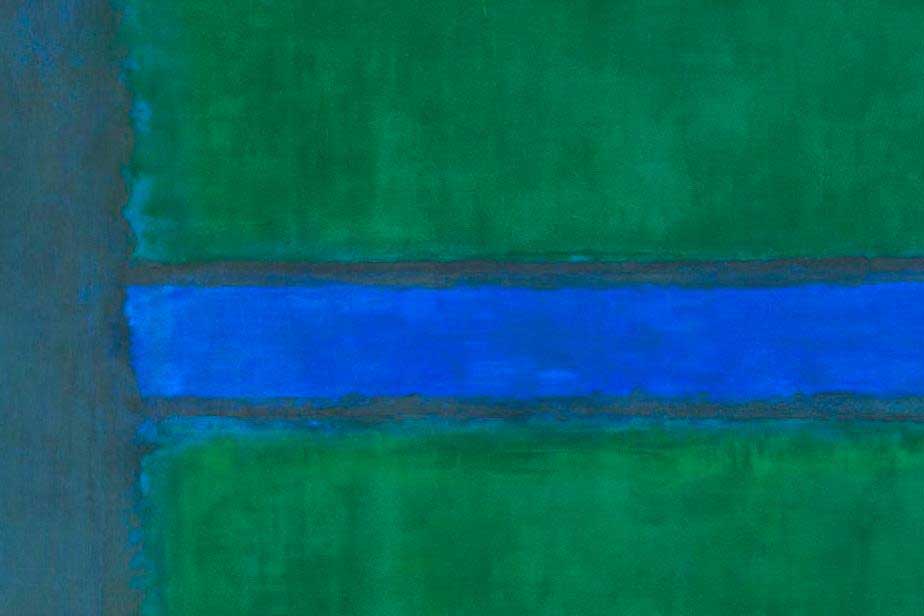Mark Rothko, born in 1903, was a Russian-born American painter. His family immigrated to the United States when he was a young boy due to the Russian Federation being a hostile place for Zionist Jews. Rothko’s father died shortly after the move, which meant that the young boy had to learn English so he could provide for his family from a young age.
Despite the resentment he felt surrounding his lost childhood, Rosko graduated early from Lincoln High School with more of an interest in music than the visual arts. He was awarded a scholarship to Yale University although he left before he graduated in 1923.
He then moved to New York where he undertook his only artistic training at the Art Students League. Although brief, this training taught him how to express emotions through his art, which remained to be a driving force of his inspiration for the remainder of his life.
Rothko’s early work was a realist in nature, with a definite surrealist influence. As he developed his style, he moved more towards abstraction. Ending up with totally abstract work, and cementing his place as a prominent figure in the first generation of Abstract Expressionists.
Mark Rothko’s style was not done evolving, and the next development is what brought him much fame and fortune. He transitioned into color field painting, abandoning forms entirely and rather using shape and color to convey the full spectrum of human emotion.
Rothko was a staunch socialist, and would often stand up for his beliefs to his detriment. An example would be that he would often refuse people from buying his work if they didn’t react accordingly. His fear was they were buying his art because it was trendy at the time, not because it stirred their emotions.
Rothko battled depression his whole life and died by suicide in his New York City studio in 1970.
1. Composition I
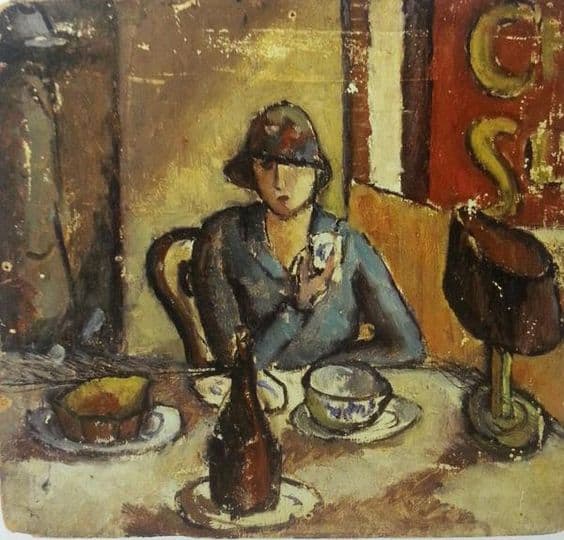
‘Composition I’ was created in 1931 by Mark Rothko in Expressionism style.
2. Rural Scene
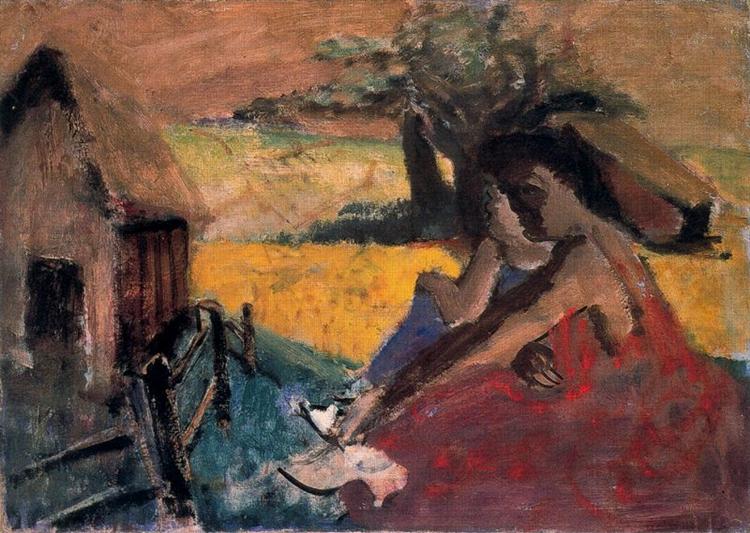
‘Rural Scene’ was created in 1936 by Mark Rothko in Expressionism style.
3. Interior

‘Interior’ was created in 1936 by Mark Rothko in Expressionism style
4. Street Scene
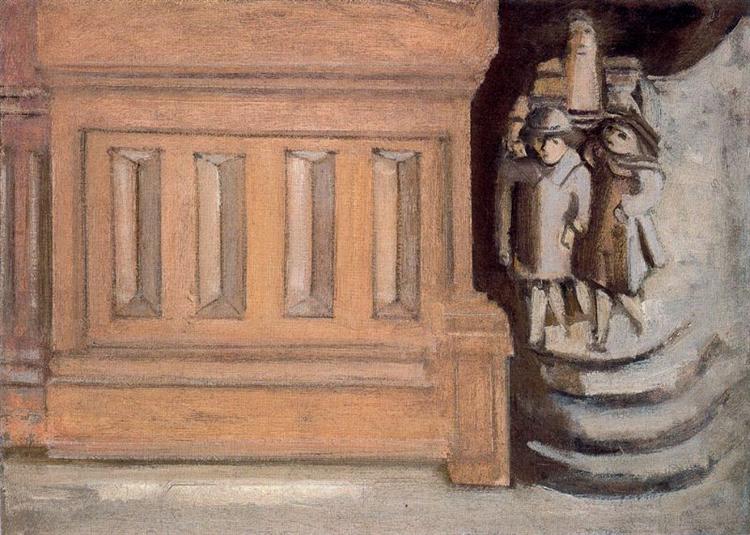
‘Street Scene’ was created in 1937 by Mark Rothko in Expressionism style.
5. Self-Portrait

‘Self-Portrait’ was created in 1936 by Mark Rothko in Expressionism style.
6. Entrance To Subway
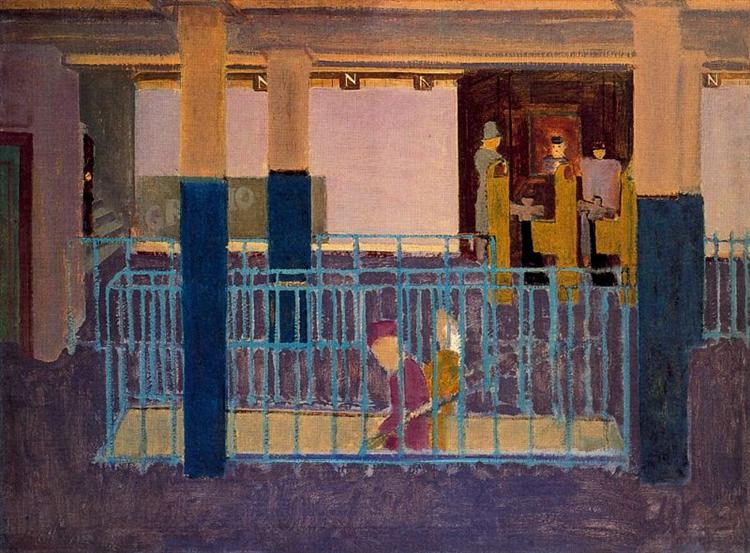
Entrance to the Subway created in the year 1938 is one of Mark Rothko’s paintings that depicts scenes of the New York subway.
7. Underground Fantasy
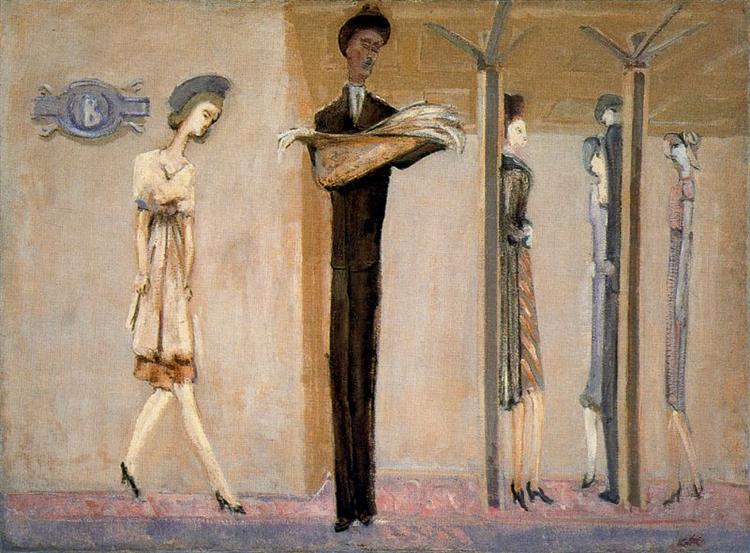
‘Underground Fantasy’ was created in 1940 by Mark Rothko in Expressionism style.
8. Sacrifice Of Iphigenia
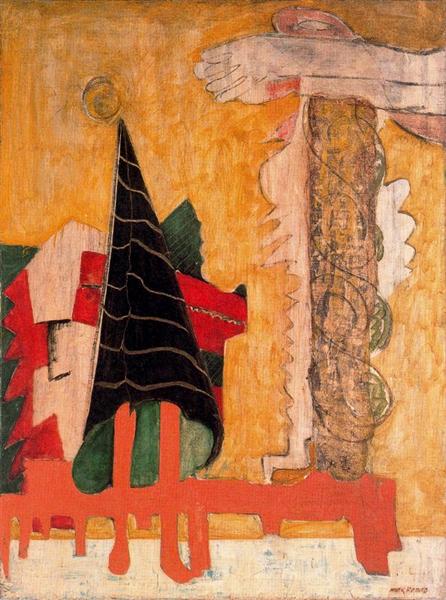
‘Sacrifice of Iphigenia’ was created in 1942 by Mark Rothko in Surrealism style.
9. Aubade

‘Aubade’ was created in 1944 by Mark Rothko in Surrealism style.
10. Gethsemane
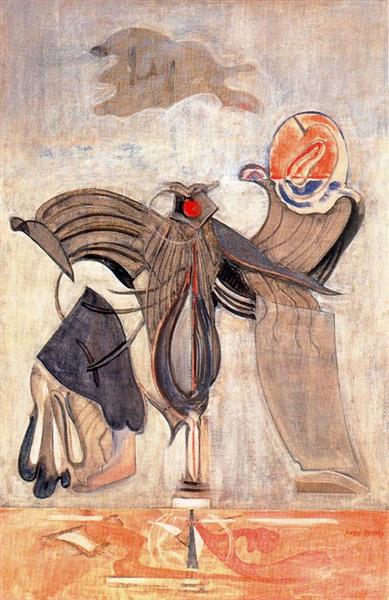
‘Gethsemane’ was created in 1944 by Mark Rothko in Surrealism style.
11. Fantasy
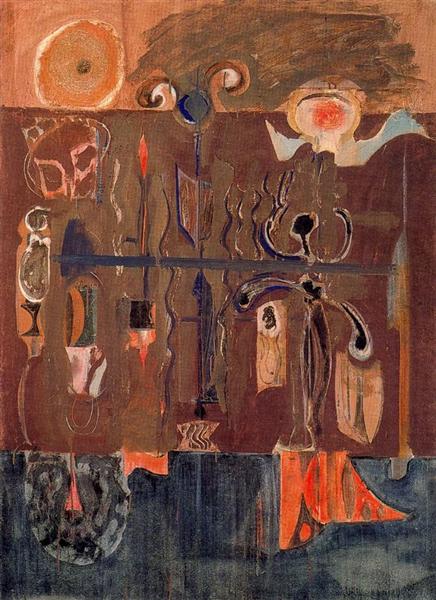
‘Fantasy’ was created in 1945 by Mark Rothko in Surrealism style.
12. Hierarchical Birds
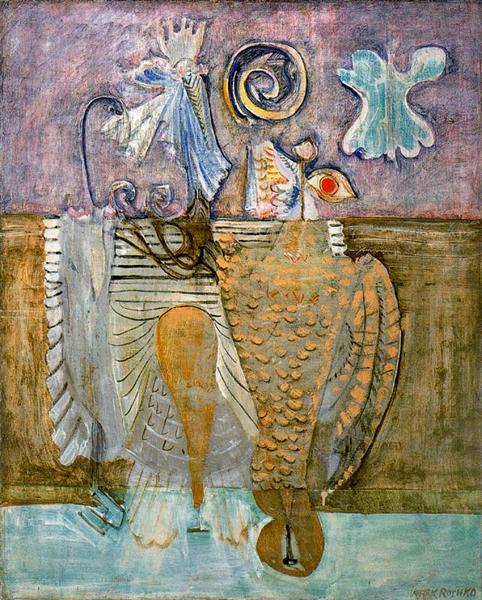
Hierarchical birds is one of the artworks by Mark Rothko made in the year 1944 in Surrealism style.
13. Archaic Idol
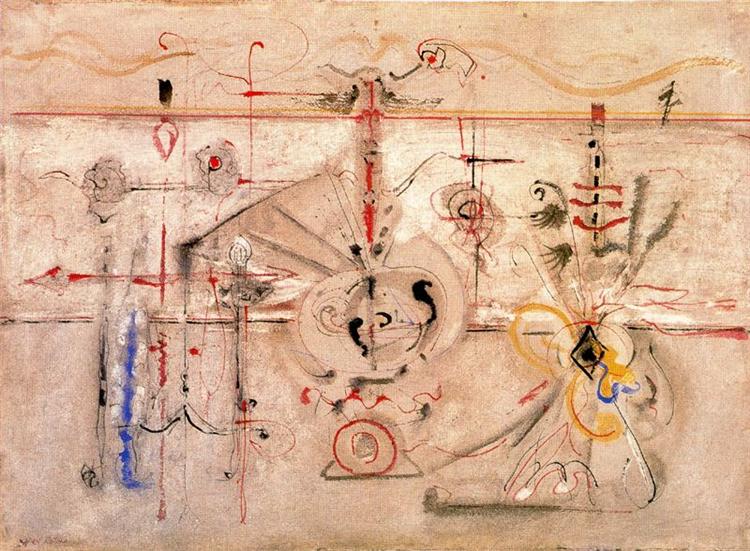
Archaic Idol, from the year 1945, is one of Rothko’s highlights from his Surrealist period.
14. Rites Of Lilith
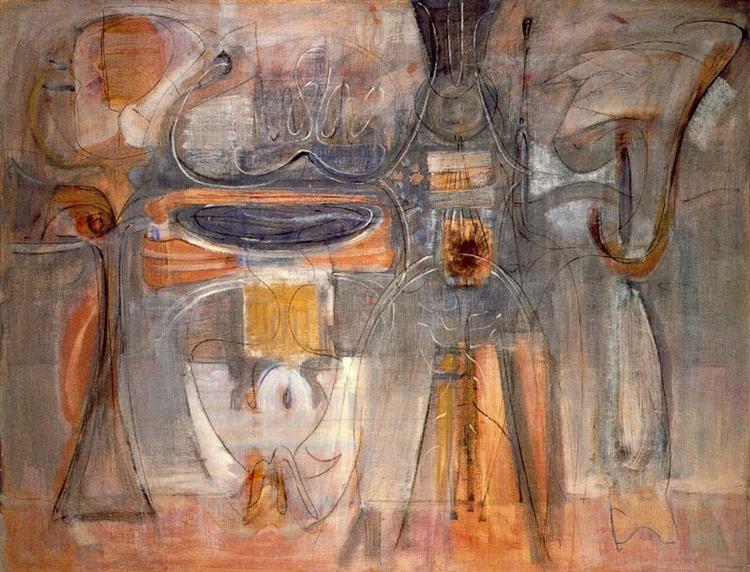
‘Rites of Lilith’ was created in the year 1945 by Mark Rothko in Surrealism style.
15. Primeval Landscape
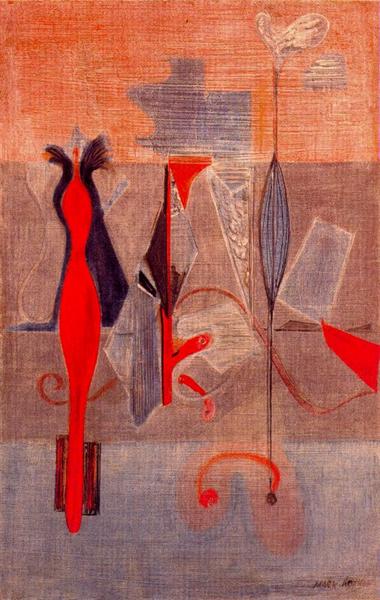
‘Primeval Landscape’ was created in 1945 by Mark Rothko in Surrealism style.


